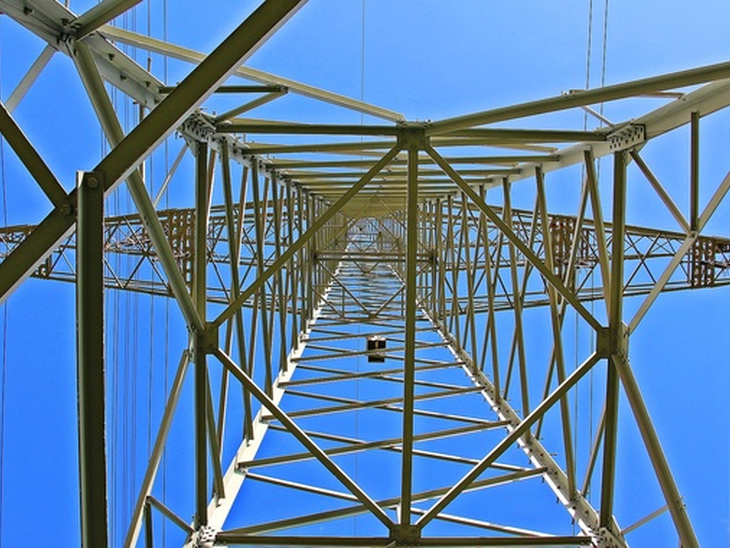Free market sees a 4% increase in consumption in the first week of August
T&B Petroleum/Press Office CCEE
19/08/2020 20:34

Energy consumption in the free market increased 4.0% in the first week of August, compared to the same period last year, according to the most recent study by the Electric Energy Trading Chamber - CCEE. In the regulated market, however, consumption fell 4.0% on the same basis of comparison, causing the retraction in the National Interconnected System - SIN to stand at 1.3%.
It is worth emphasizing that the results are preliminary and will undergo changes until all missing data are accounted for, which may impact the comparison with other periods. Historically, the first week of the month has lower collection rates. The percentages also do not consider purges of migrations between environments.
The information takes into account the total consumption of the captive market, in which the consumer purchases energy directly from the distributors, and of the free market, which allows the choice of the supplier and the negotiation of contractual conditions. In addition, the study does not calculate data from Roraima, the only state not connected to the national electricity system.
For more details on the recent panorama of the energy sector, consult the CCEE online tool, which presents consumption analyzes on a daily basis, allowing filters by contracting environment, submarket, federative unit and by activity segment.
Fields of activity
With regard to energy consumption by industry, excluding the effects of migrations to the free market, the sectors with the most significant falls in August, in the annual comparison, were services (-22%), vehicles (-14% ) and transportation (-13%). The textile segment, which had double-digit drops in consumption, closed the first week of the month with a retraction of 4%. Five sectors increased in the annual comparison: beverages (12%), non-metallic minerals (8%), sanitation (5%), food products (4%) and metallurgy (3%).
Regional analysis
CCEE also analyzed the performance of electricity consumption in the states in August. The scenario shows nine states in which there was an increase in volumes consumed, with the highest percentage seen in Acre (19%). Three states showed stability in consumption (SC, MG and AL). At the other end of the ranking, Rio Grande do Sul showed a significant decrease of 14%, impacted by the high volume of missing data.





